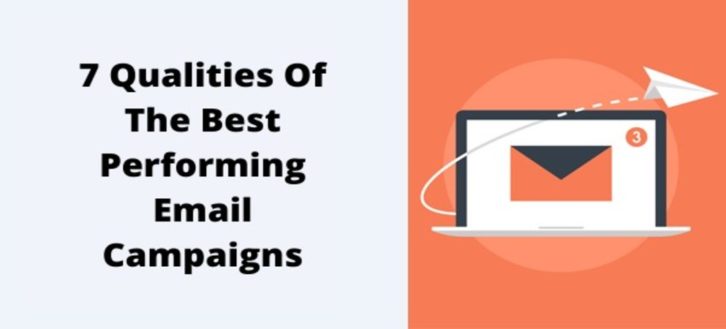Introduction
Email marketing has around a 97% deliverability rate. Businesses that send commercial emails have a 41% chance of making a sale or reaching a new customer. The best part? Email marketing is one of the affordable and most effective marketing techniques available.
You can use it to deliver information about a product or service, enhance a customer experience, or drive conversions. Here are the seven qualities that have made up the most successful email campaigns out there.
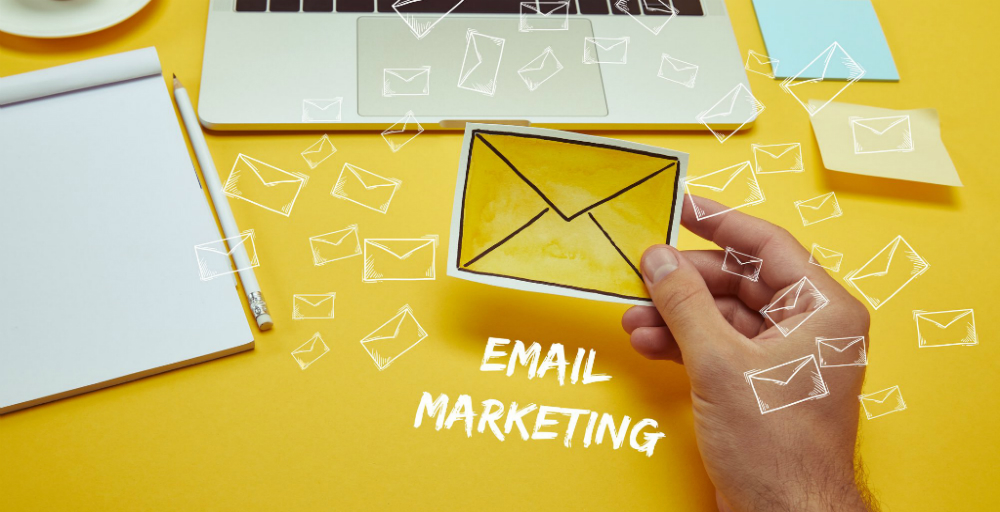
1. Personalized Emails
If you’re a marketer, you probably should know how personalization impacts a cold email campaign. Email Personalization is the key tactic used by many modern marketers. A study revealed that 82% of marketers suggested email personalization as the best strategy to improve your open rates. But many people think personalization is about including a prospect’s name in the email, and it is not just that.
A personalized email is sent by companies using the prospect’s data to create more relevant offers and ensure a positive communication experience.
A non-personalized email sent to a large number of recipients will only end up in spam. Any marketer would not want their emails labeled spam, affecting their deliverability rate and sender reputation. To avoid this, you need to cater emails to every individual in your email list. It may seem complex when you have a bulk email list, but it is not. You can use automated tools like SmartWriter to help make your emails more personalized to get you an 80% open rate.
Personalization is crucial for email marketing since it enables you to send personalized and more relevant emails based on the personal information users willingly share while subscribing to an email newsletter. There is a broad range of options for personalized email usage – from mass emails with personalized email subject lines to behavior-based trigger emails like abandoned cart emails, reactivation emails, and birthday emails.
Why should you use personalization?
- Boosts ROI
- Improves sender reputation
- Results in better engagement
- Motivates users to share personal data
- It helps to create relevant content
- Increases open rates
- Meets subscriber’s expectations
A personalized message can boost your click-through rates by 14%, and it can enhance your conversion rate by 10%.
How to generate personalized cold emails with SmartWriter?
- Log in to your account or Sign up with SmartWriter.
- Create a new project or pick an existing project
- Then, select Create Copy
- Now, look for Cold Email Outreach under Personalized Outreach
- Select the proper Intention of your cold email from the dropdown box
- SmartWriter lets you easily add your prospect’s database manually or through CSV files or Google Sheets.
- Also, you can add the Product Value Proposition to create an enriched personalized cold email.
- Now, just click on Generate Copy to get your results in a few seconds.
Example of a personalized cold email generated from SmartWriter,
Subject: This is the easiest way to send personalized emails
I’m really impressed with how you combine AI and personalization to make effective sales messages. One of the challenges with cold emailing is the lack of experience. The business provides automation that turns anyone into a successful outreach expert and closes more business. I would love to show you how I can improve your company’s outreach with AI.
2. Cohort Analysis or Buyer Persona
A buyer persona is the most efficient way to use your customer data. It provides valuable insight into your customers’ interests and offers you a clear strategy for email marketing.
Buyer personas are a precious tool for email marketers. They will help inform every aspect of your marketing strategy, including your email design, content choices, list segmentation, copywriting, newsletters, and nurture track development.
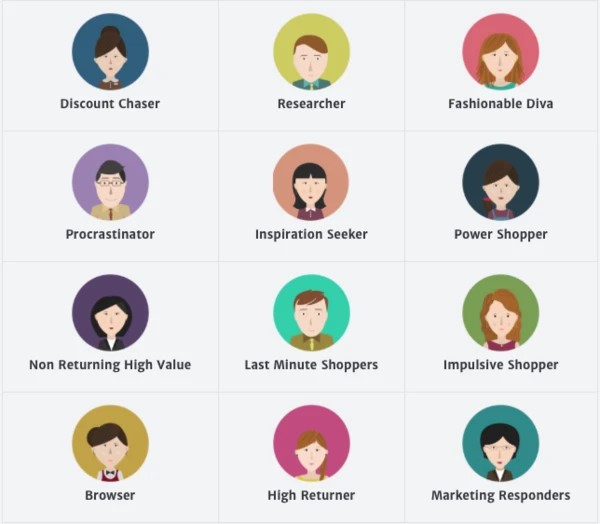
You must know these three things when creating a buyer persona for your business,
- Buyer personas represent the different types of people who may use a company’s product or service. In simple terms, these user personas are made up using a business’ core customer base.
- Creating various buyer persona can help segment your email marketing campaigns efficiently.
- Also, it helps you understand your company’s products and services that sell better.
The good thing is that you can build a buyer persona to suit your company’s needs and create marketing funnels for each persona. To do so, follow these steps,
1. Learn more about your demographics and target market.
Before you create a buyer persona, you will need to know who buys your products or services.
You can start by analyzing the data you’ve for your current customers and look for trends in the information.
Practical demographic insights include,
- Age
- Gender
- Family situation
- Geographic location
2. Identify what brings people to your business.
To create a compelling buyer persona, you will need to know what brings people to your store.
If you do not have a complete insight into your website traffic, you can always use a survey to discover why people like your company.
You can ask these questions to help craft buyer persona:
- How did you hear about our brand?
- What made you decide to buy products from us?
- Were you already familiar with our brand?
- Have you ever shopped with us before?
3. Find out why and how people use your products.
What you sell may or may not be evident to identify why your customers buy your products.
For a buyer persona to be genuinely effective, you need to know why and how people use your products or services.
You can use these tricks to find out what motivates your customer:
- Ask your customers for testimonials, feedback, or reviews.
- Encourage your shoppers to post and tag you on social media channels.
- Research how people use your competitor’s products or services.
- Follow up with a questionnaire after your shopper checks out.
This will help you put together a buyer persona that complements your brand, and also it will give you insight into other ways you can improve your services or marketing efforts.
4. Look into the common customer objections and concerns.
While most buyer personas are optimistic and look at why a customer is your customer, negative personas can also be helpful. You can know a lot from the objections your shoppers have.
The common objections you may include in your buyer persona will be:
- Price
- Returns
- Shipping
- Timing
You can use this data to either improve the positive buyer persona you create or craft a negative persona for people you do not want in your store.
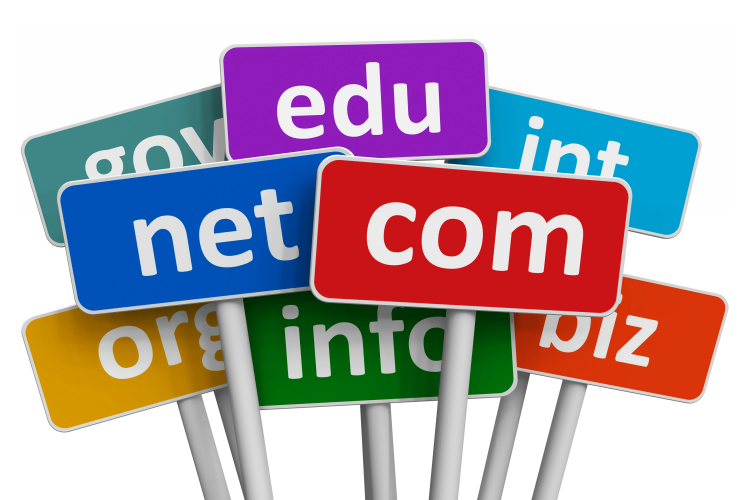
3. Warmed up email domain
The initial thing you should do before starting your email outreach is to warm up your email address. But it is not just the email address that needs to be warmed up but your new domain too.
Though both involve a similar process, warming up a new domain takes a way longer time. Therefore, If you send a large chunk of emails from a domain that is not warmed up properly, your emails might end up in the recipient’s spam folder.
When more emails end up in spam, labeled as spam by the recipient, or get deleted without being opened, it will reduce the sender’s reputation and email credibility, which would take a lot of time to rebuild. You can use warm-up tools like Lemwarm from Lemlist to automatically warm up your domain to avoid deliverability issues.
Warming up your email address and email domain is extremely important to outbound sales emails. It will improve the chances of your emails landing your prospects’ inboxes rather than getting flagged as spam. In the beginning, a fresh domain will start as neutral, and the reputation, good or bad, will be determined over time.
You can do this two ways – Manually or automatically. When you warm up manually, you set hourly/daily email sending limits in your system and slowly add up as you go. But, using Lemwarm takes that work off your hands.

4. One CTA per email
The Call-To-Action button plays a crucial role in email marketing as it drives people to action. The CTAs are the critical point in converting your visitors into customers. Don’t include more than one CTA per email, as including many may annoy the recipients. So, make sure to include a compelling CTA that is relevant to the email context. The CTA has to be designed in a way that interests the recipients.
The purpose of CTA is well-known to readers. The trick is to tell what is in it for them by highlighting the benefits and making it personalized. If you really want your emails to stand out in an overly crowded inbox, create a call-to-action button based on that compels readers to take action.
To create an attractive CTA, you’ve to,
- Speak directly to your subscriber
- Use approachable action verbs
- Create a sense of urgency
It is best to stick to one strong call-to-action (CTA) per email – buy, sign up, donate, read, download, provide feedback, etc. Having too many CTAs makes the email busy and confusing, leaving recipients without a clear idea of what they should do next.
Simplifying the call-to-action increases the success or engagement rate because the experience is much more targeted. However, you have to avoid including multiple CTAs as it gives the reader too many options, ultimately diluting the engagement of your email campaign.
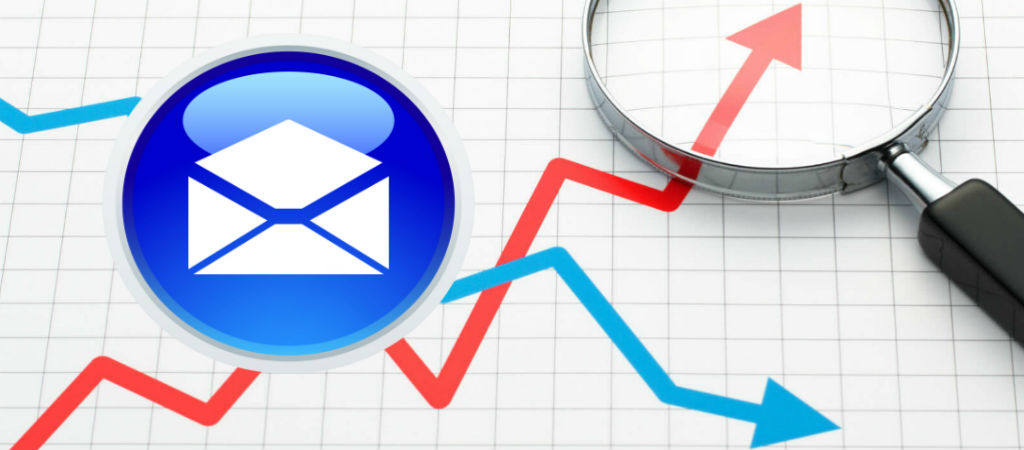
5. Effective follow-up campaigns
A follow-up is a more compelling email strategy. If used properly, it would enhance your response and conversions. According to reports, only 20% of leads are followed by the sales team. In fact, an email marketing campaign with just one follow-up email can convert 22% more leads.
Create an effective follow-up email campaign based on actions such as opens, clicks, and replies. Do not send a follow-up right away when you do not receive a response to your initial email. You have to wait a minimum of three days before sending a follow-up email. Most sales occur only after a minimum of 5 follow-ups.
Creating an effective follow-up email is crucial as you won’t receive the response you want just after one email. You might need to send a minimum of 5 follow-up emails to your prospects to get a positive result.
Here are the five tips to make your follow-up strategy easy and quick,
- Do not send a marketing follow-up email too quickly.
- Start with a gentle reminder about your last email.
- Get to the point. You’re not just checking in.
- Use action verbs.
- End your marketing follow-up email with a strong call-to-action.
Here are a few examples of an effective follow-up email,
Subject: 20 ways we can help
Hi [First Name],
I wanted to get in touch to see which of the 20 ways you are using to enhance your sales and marketing team’s productivity [content details sent in the previous email]. If you still have not implemented these sales strategies, I would love to help you get started on them. Are you free for a quick 15-minute call on [preferred date and time]? Please let me know what works best for you.
I am looking forward to hearing from you!
[Email Signature]
Here is an example of a polite follow-up email after the sender did not get any response for their initial email,
Hi (First Name),
Hope you’re doing good. Have you had a chance to think about my product idea? Both our firms could benefit from this product. We could expand our client bases and boost profit.
What do you say?
Let us have a meeting and come up with some development strategies. Here is the link to my calendar, so please feel free to make an appointment.
(calendar link)
Thank you
6. Value-based content in each email
The goal of a good email campaign should be to provide value to its customers. It is possible only if you do value-based email marketing. First, you should identify the customers’ needs and offer them a solution. This approach is called adding value to the audience. The more value you provide your customers in the email, the more they will await to get your emails every month. As a result, you will get a great response if you provide valuable and personalized content that attracts customers.
You may provide value to your customers consistently if you,
- Focus on the customer
- Provide educational content
- Get them involved
If you are growing an audience with any platform, make sure you nurture the audience with value-based content so they are always engaged with your content, brand, products, and services.
Types of value-based content
So, while preparing content, consider sharing these different types of value-based content that may vary based on the audience you share with.
- Tell a story!
You can share a story or an experience and how it relates to your brand.
- Reviews!
Share your views on a recent article or book you read, a podcast you listened to, or an event you just attended.
- Blog Post
- Books
- Podcast
- Videos
- Events + Trainings
- Resources!
Share valuable resources you have created to make a difference in your business.
- Resource lists
- Guides
- Infographics
- Answer Questions!
You may answer some of the most asked questions with your audience.
- Explain your process!
Break down your process or what to expect while signing up for your email list.
- Re-purpose your content from other platforms!
Reusing content you’ve already created helps save time.
As you send out value-based content, the key is to be consistent! These resources alleviate the stress of creating new content every time you share with your audience.
7. Perfect cold email length
One other important factor that would affect a cold email open rate is the email length. Talking about the length of an email, what is the ideal email length for outreach? Shorter emails tend to get better responses. A study by Boomerang revealed that emails between 50 to 125 words had a response rate of over 50%.
They also reported that short and direct emails had a better response rate. But do not make it too short. Keep the emails below 200 words. The length can also play a significant role in open and click-through rates. So, keep this in mind and write a catchy and valuable email that grabs readers’ attention.
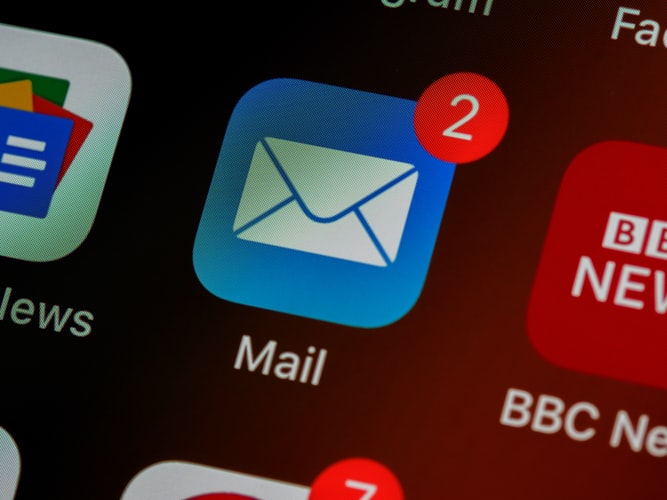
Email Length Best Practices
- Use the free Hemingway App.
You can simplify your email that it is readable and straightforward for all kinds of readers.
- Always add a close
Every email should include a close. Always make sure you are asking for something.
- Create an exceptional email opening line and greeting line
Your email opening line is critically important, so include powerful statements about your product.
- Remove excess language
Avoid using a lot of filler words.
Conclusion
The most successful email campaigns all have one thing in common – They achieve a high email open rate by building trust in their subject lines, have a high click-through rate, and the content of the email is valuable and unique to the subscribers.
The single most important quality of an email campaign is that it delivers value to readers. As long as your emails contain information that readers will appreciate and find beneficial, they’re going to continue opening, reading, and engaging with your content. So if you’re looking to improve the reach and revenue of your email marketing campaigns, these seven qualities will guide you in the right direction.
About the Author:

Vaibhav Namburi is the Founder of SmartWriter. He helped build multiple multi-million dollar companies and love approaching Start-Ups through product-lead growth.

